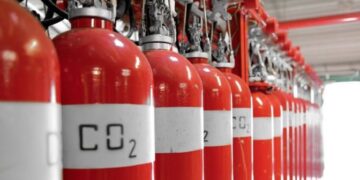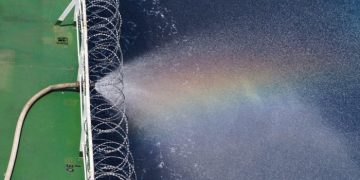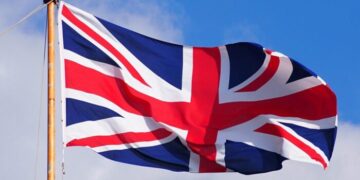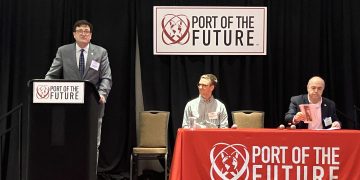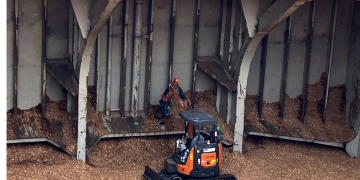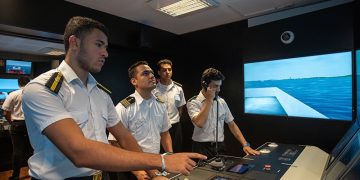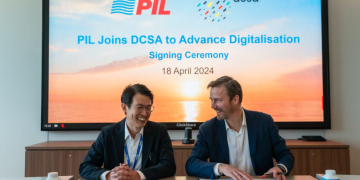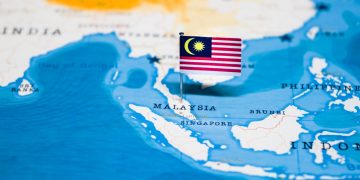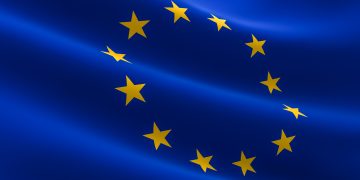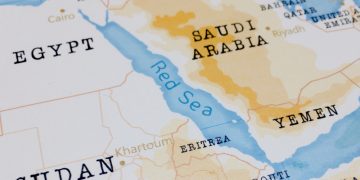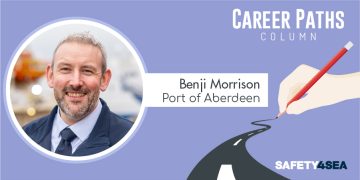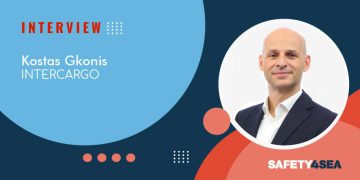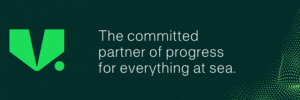DNVPS says sulphur levels are now stabilizing
But ARA and Italian results still high Almost three months after the global 3.5% sulphur content limit for marine fuel came into force DNVPS says that sulphur levels are now stabilizing. However the company's tests a significant proportion of samples from ARA and Italy with more 3.5% sulphur.DNVPS says it is continuing to monitor the sulphur levels of commercial bunker samples tested at its laboratories and its latest update covers HFO samples (excluding low sulphur fuel samples) representing all viscosity grades bunkered in the two-week period between 3 and 16 March 2012. The data from week 10-11/2012 shows that 2.2% of the supplied fuels exceeded the global sulphur cap of maximum 3.50% m/m, compared to 2.7% in week 8-9/2012 and 2.0% in week 6-7/2012. DNVPS notes: "This indicates that the sulphur levels are now stabilizing."About 37% of the samples containing more than 3.50% sulphur have viscosity above 420cSt at 50C.According to DNVPS Rotterdam has seen an increase in the number of samples with sulphur concentration above 3.50% m/m, from 7.6% in week 08-09/2012 to 9.1% in week 10-11/2012). Amsterdam has also seen an increase from 28.6% to 29.4%.Singapore, on the other hand, has seen a decrease in the number of ...
Read more



